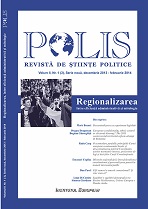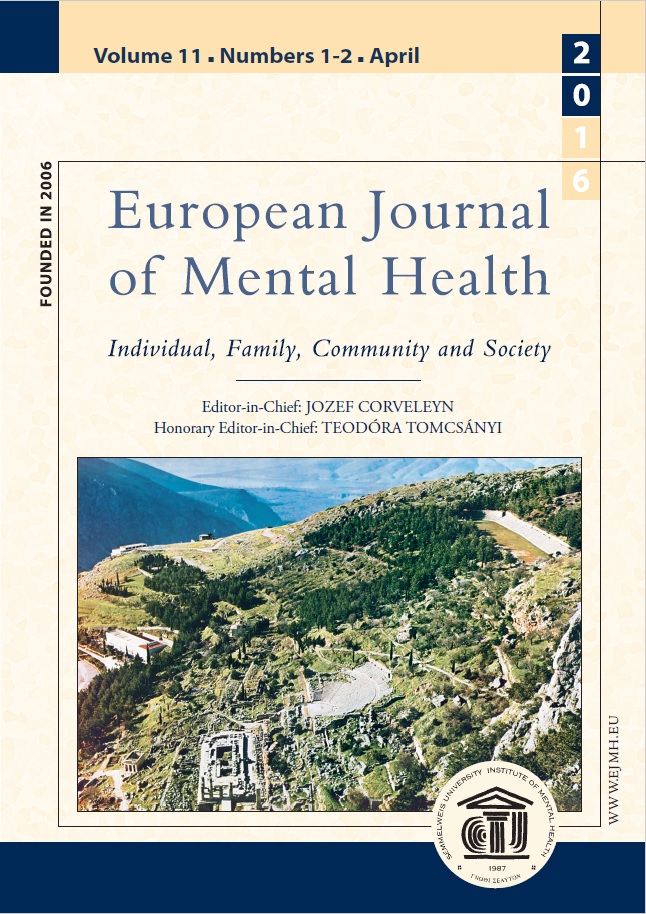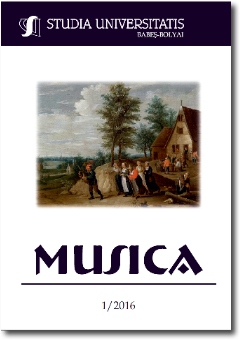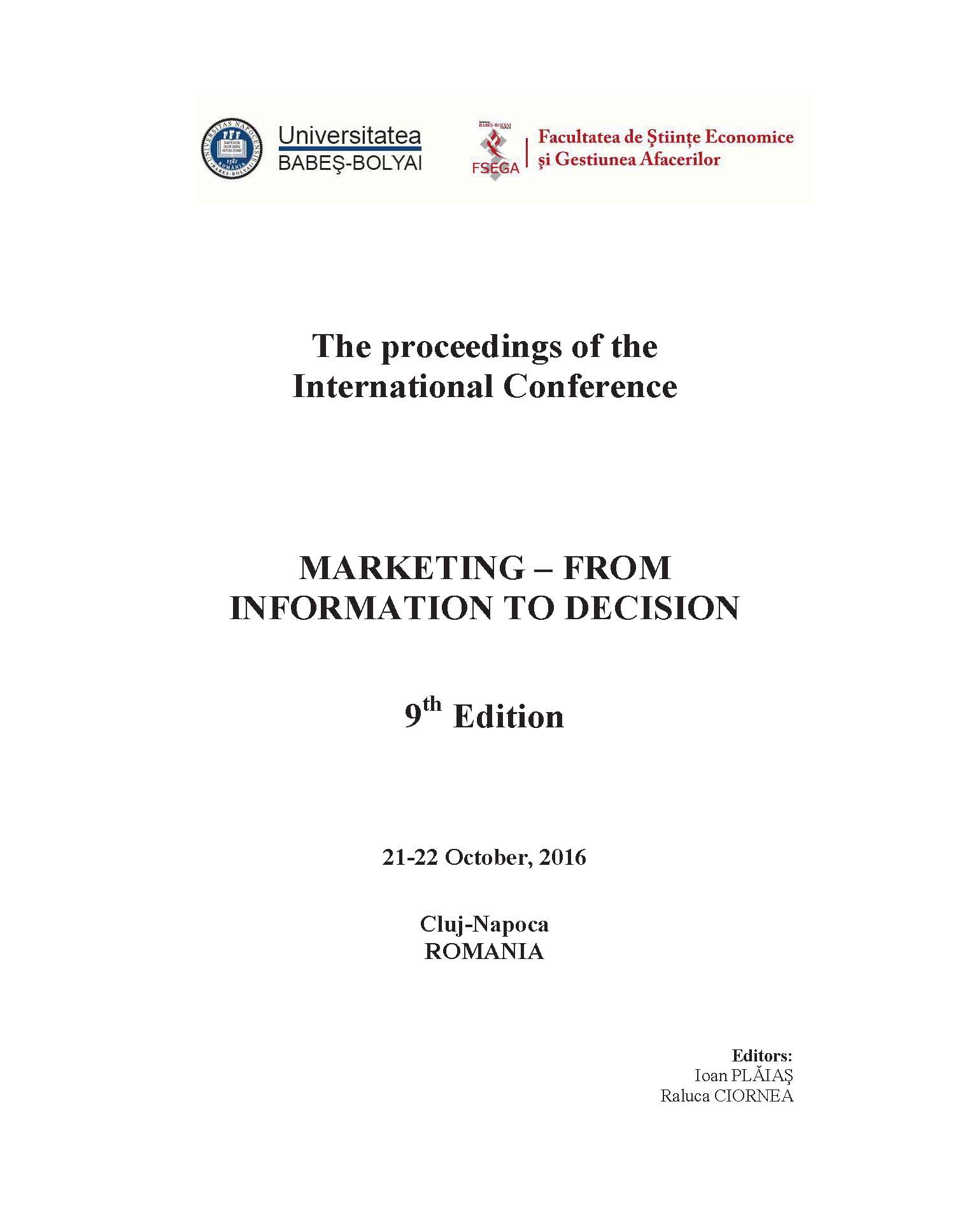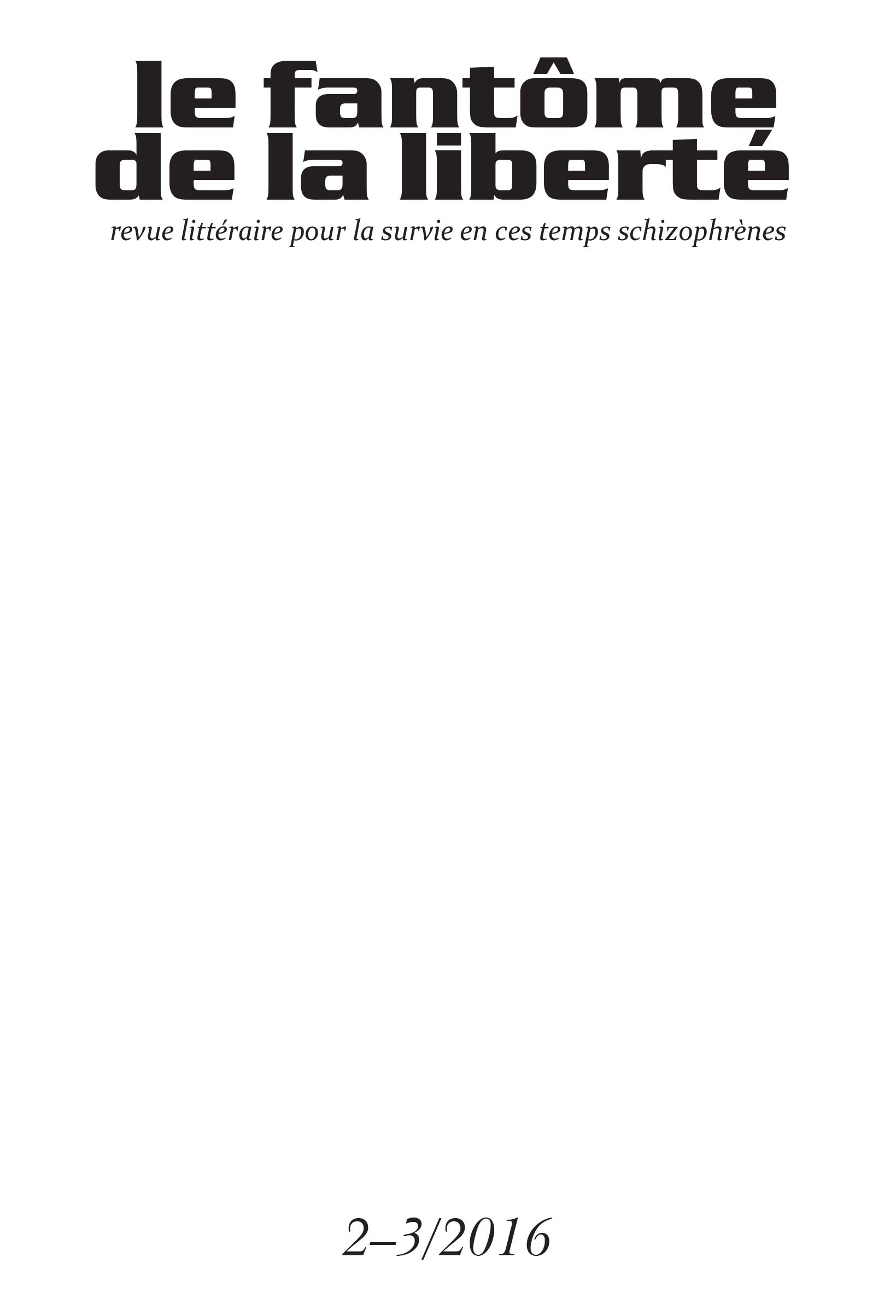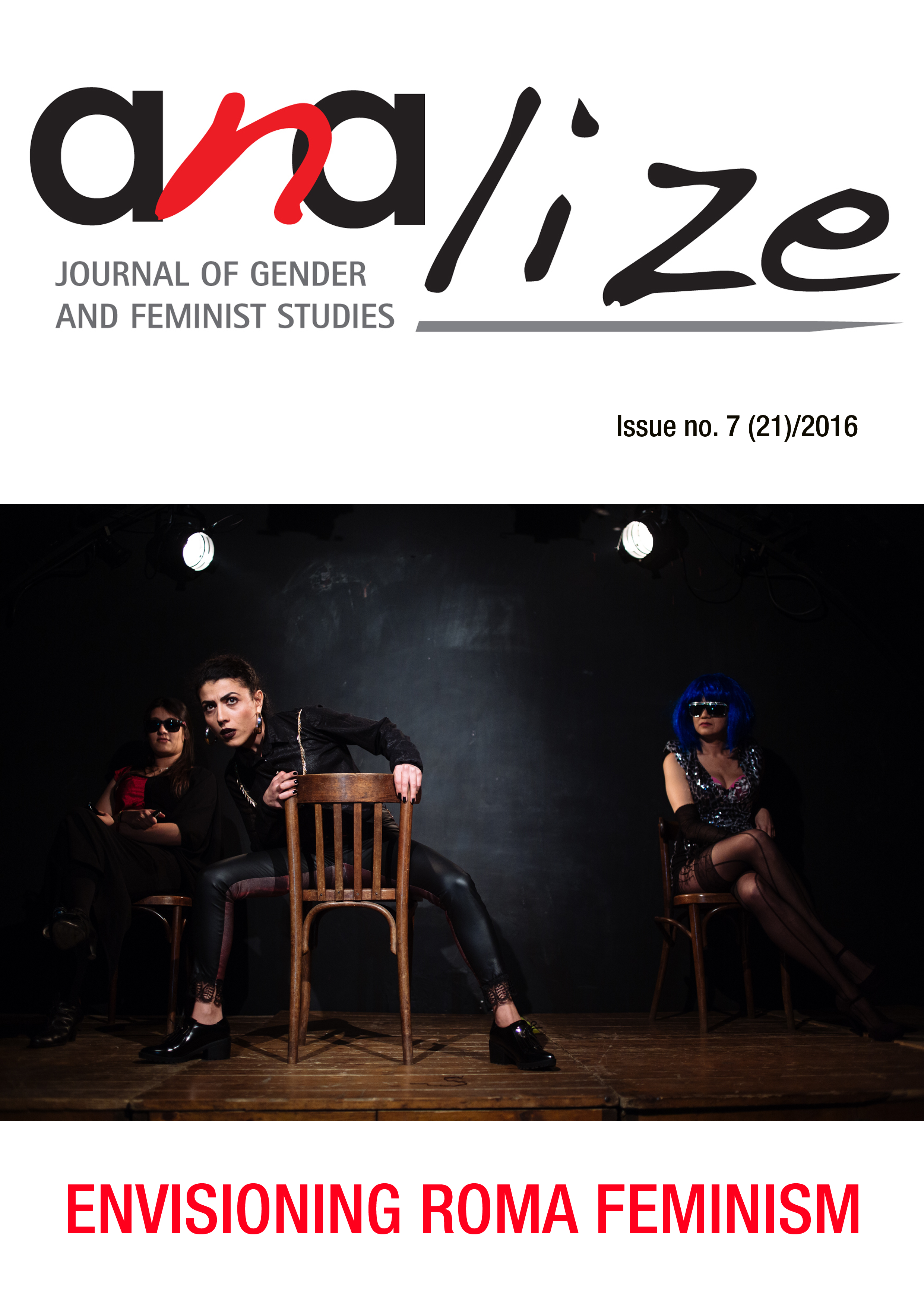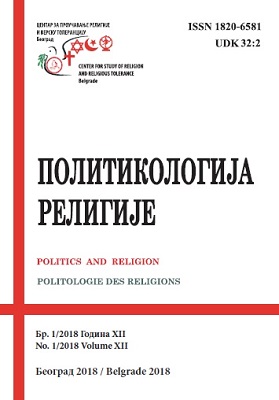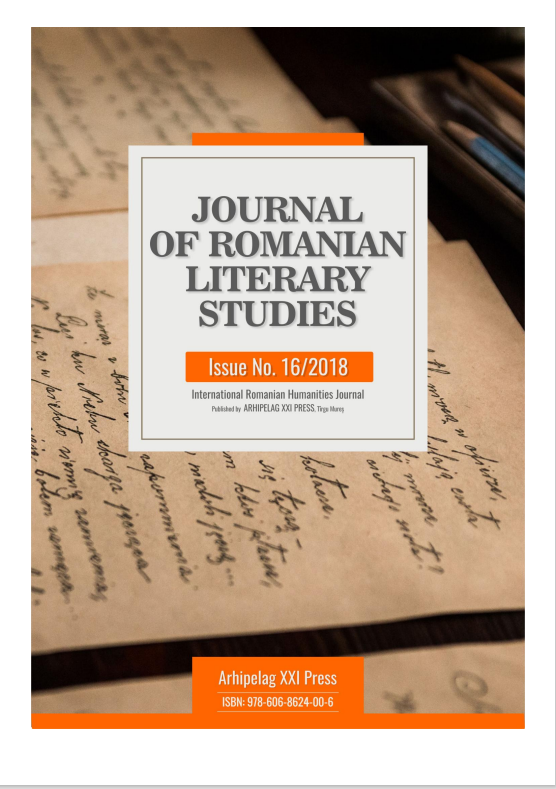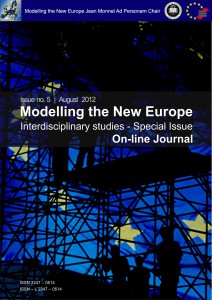
SME's INTERNATIONALIZATION-DRIVERS AND BARRIERS: THE CASE OF THE ROMANIAN ECONOMY
SME's INTERNATIONALIZATION-DRIVERS AND BARRIERS: THE CASE OF THE ROMANIAN ECONOMY
Keywords: SME's; INTERNATIONALIZATION; INTERNALIZATION; GROWTH AND DEVELOPMENT; INNOVATION
This paper attempts to investigate the role of the internationalization process of the SME's in shaping the domestic economic environment in this peculiar framework. It does this by contextualizing the processes of internationalization, and alos the prospects of internalization, for the case of the Romanian economy. Furthermore, we analyze the most important facts available and relevan for the topic and concentrate on the blueprints of the Romanian SME's system. All these preliminary steps converge toward our capital target, namely to identify, reveal and describe in detail the features of the main drivers and barriers that are characteristic of the present day economic life of the Romanian SME's, as observed within an accelerated internationalization process
More...
